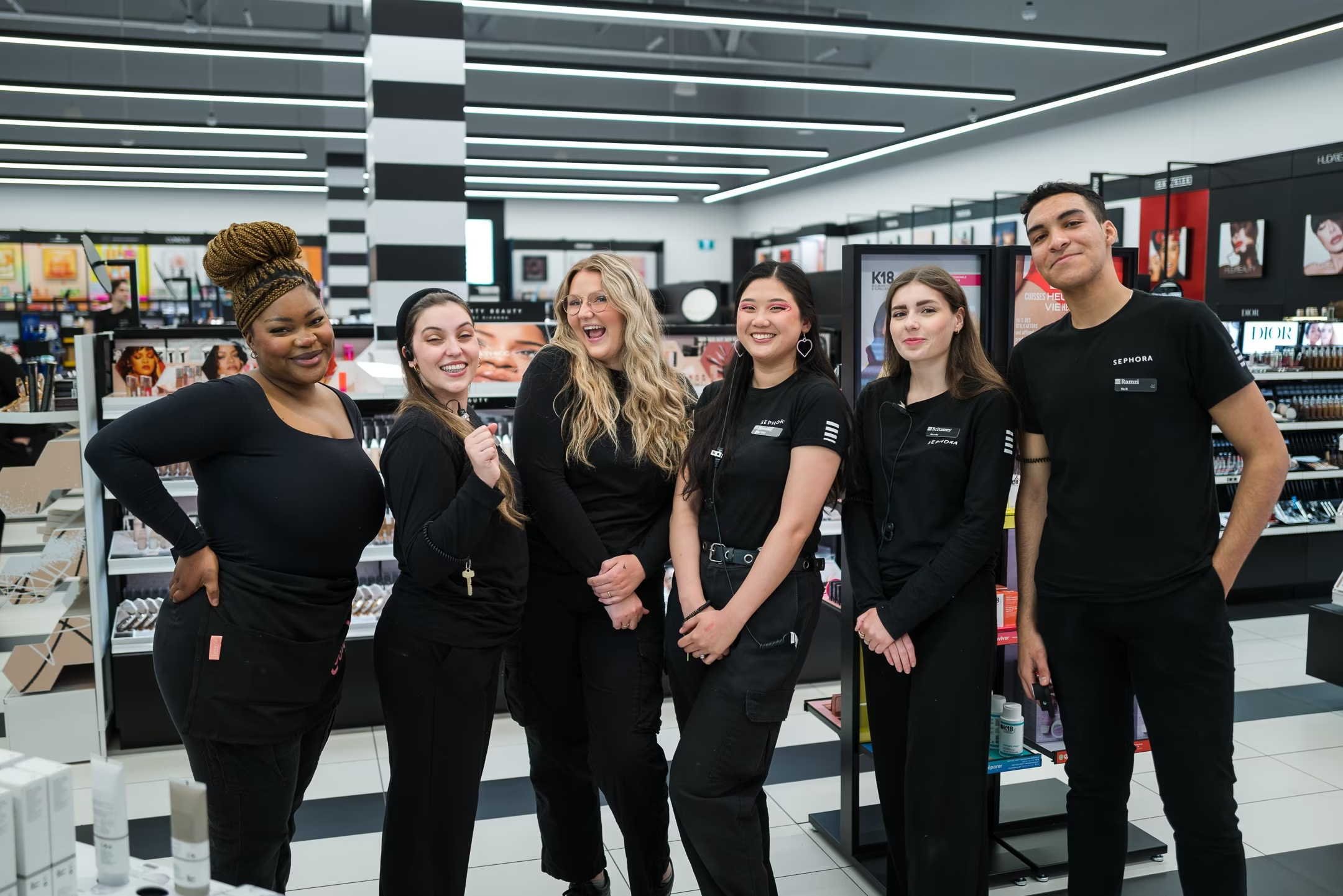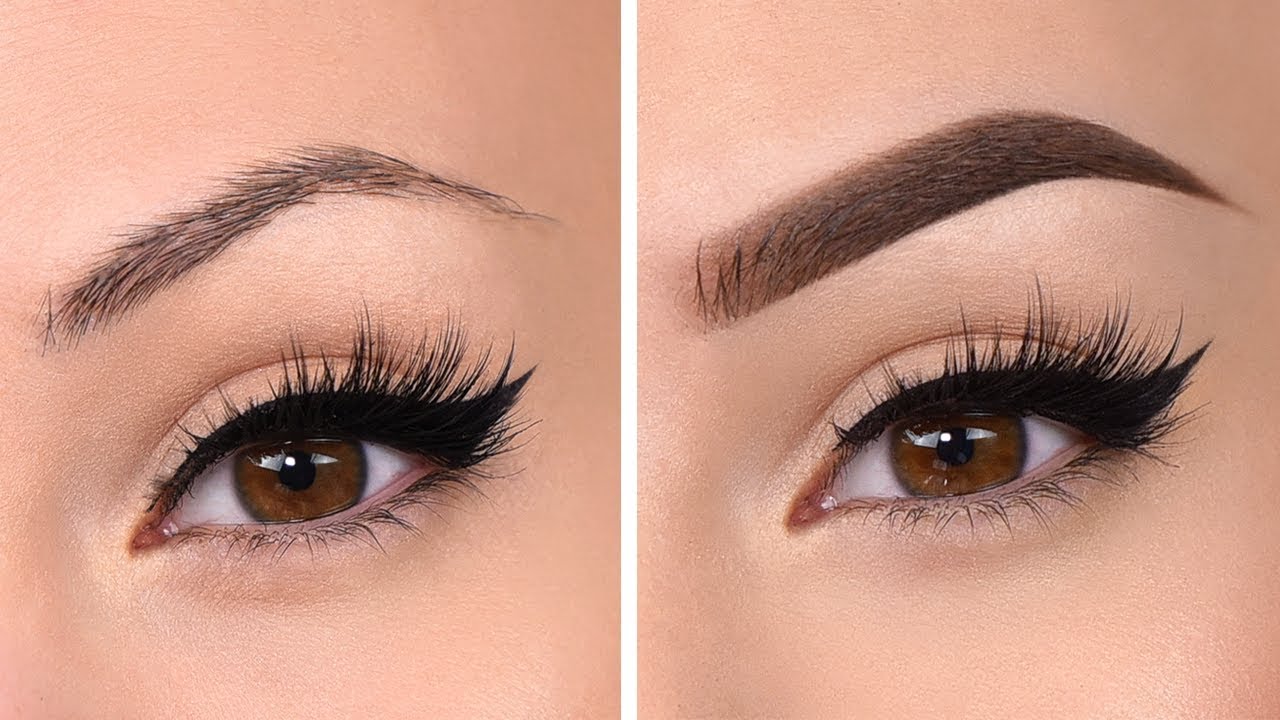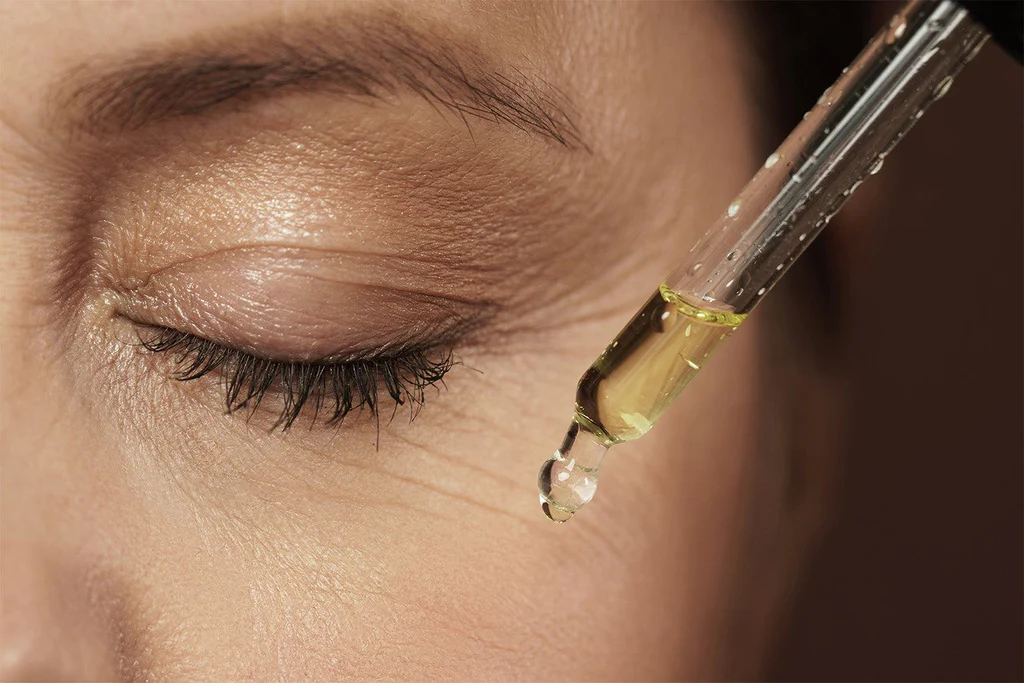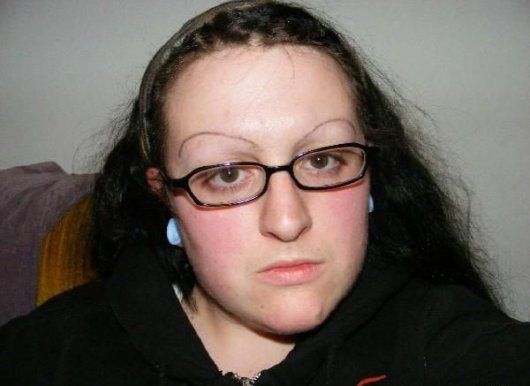
 By
Your Beauty Plug
By
Your Beauty Plug
Have you ever heard of double eyelashes? If not, you might be surprised to learn that some people have an extra row of eyelashes on their eyelids. This rare condition is called distichiasis, and it can cause various eye problems. In this blog post, we will explain what double eyelashes are, what causes them, and how they can be treated. We will also answer some frequently asked questions about this condition.
Double eyelashes, or distichiasis, is a condition where you have two rows of eyelashes on your eyelids. The second row might include a single lash, a few hairs, or a complete set. Compared to normal lashes, the extra lashes are usually thinner, shorter, and lighter. Typically, distichiasis affects all four eyelids, but it can show up on just one lid or the lower lids. The extra lashes come out of the meibomian glands on the edge of the eyelid. These glands normally produce an oil that coats tears, which stops them from drying up too quickly.
Distichiasis can be inherited or acquired after birth. Your symptoms and potential complications will depend on the cause.
The most common cause of inherited distichiasis is a rare genetic mutation of the FOXC2 gene on chromosome 16. This gene helps lymphatic and blood vascular development during embryonic growth. Scientists aren’t sure how this genetic mutation causes double eyelashes. However, inherited distichiasis is usually part of a rare condition called lymphedema-distichiasis syndrome (LDS).
LDS involves double eyelashes and lymphedema, or fluid accumulation in the body’s tissues. The fluid, or lymph, leaks from the blood vessels and into tissues. The lymphatic system normally drains and filters this fluid through tubes called lymphatic vessels. But if the lymphatic vessels aren’t working properly, the fluid accumulates in the tissue and causes swelling. People with LDS usually experience swelling in both legs.
LDS is also associated with other conditions, such as:
Due to the heart defects related to LDS, about 5 percent of people with LDS have congenital heart disease.
It’s also possible to inherit distichiasis without lymphedema, but this is extremely rare.
Acquired distichiasis, or developing double eyelashes after birth, is less common than the inherited form. It’s caused by inflammation or injury of the eyelid. Common causes include:
Some people with double eyelashes may not have any symptoms, but others may experience:
The symptoms may vary depending on the number, length, and direction of the extra lashes. If the extra lashes rub against the eye, they can cause damage to the cornea, the clear front layer of the eye. This can lead to vision problems or infections.
If you notice any signs of double eyelashes, you should see an eye doctor (ophthalmologist) for a diagnosis. The doctor will examine your eyelids and eyes with a slit lamp, a special microscope that allows them to see the details of your eye. They may also use a magnifying glass or a handheld device called a penlight to look for the extra lashes. They may also ask you about your medical history and family history to determine if you have LDS or any other related conditions.
The treatment for double eyelashes depends on the cause and severity of the condition. The main goal of treatment is to remove the extra lashes and prevent them from causing further damage to the eye. Some of the treatment options include:
The doctor will recommend the best treatment option for you based on your individual case. You may need to try different methods or combine them to achieve the best outcome. You may also need to follow up with the doctor regularly to monitor your condition and prevent any complications.
Here are some common questions and answers about double eyelashes:
A: Double eyelashes are not life-threatening, but they can cause discomfort and eye problems. If left untreated, they can damage the cornea and affect your vision. They can also increase your risk of eye infections and inflammation. Therefore, it is important to seek medical attention if you have double eyelashes.
A: There is no way to prevent inherited double eyelashes, as they are caused by a genetic mutation. However, you can prevent acquired double eyelashes by avoiding or treating the underlying causes, such as eyelid inflammation, injury, or infection. You can also protect your eyes from sun exposure, chemicals, or foreign objects that can irritate your eyelids.
A: There is no cure for double eyelashes, but they can be treated with various methods. Some of these methods can provide a permanent or long-lasting solution, while others may need to be repeated periodically. The effectiveness of the treatment may vary depending on the individual case and the cause of the condition.
A: Double eyelashes do not affect the normal growth or appearance of your regular eyelashes. They are separate from your normal lashes and grow from a different place on your eyelid. However, some of the treatment methods for double eyelashes may cause temporary or permanent changes in your eyelashes, such as loss, thinning, or curling.
A: Double eyelashes are not a sign of beauty or attractiveness. They are a medical condition that can cause eye problems and discomfort. Some people may find them appealing or unique, but others may find them distracting or abnormal. The perception of double eyelashes may depend on the personal preference and cultural norms of the observer.
I hope you find this blog post helpful and informative. If you have any feedback or suggestions, please let me know.




